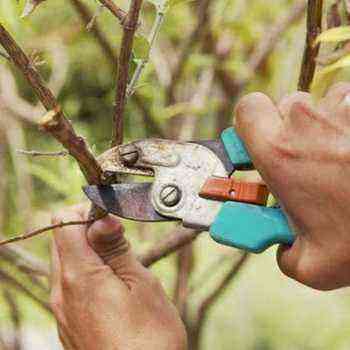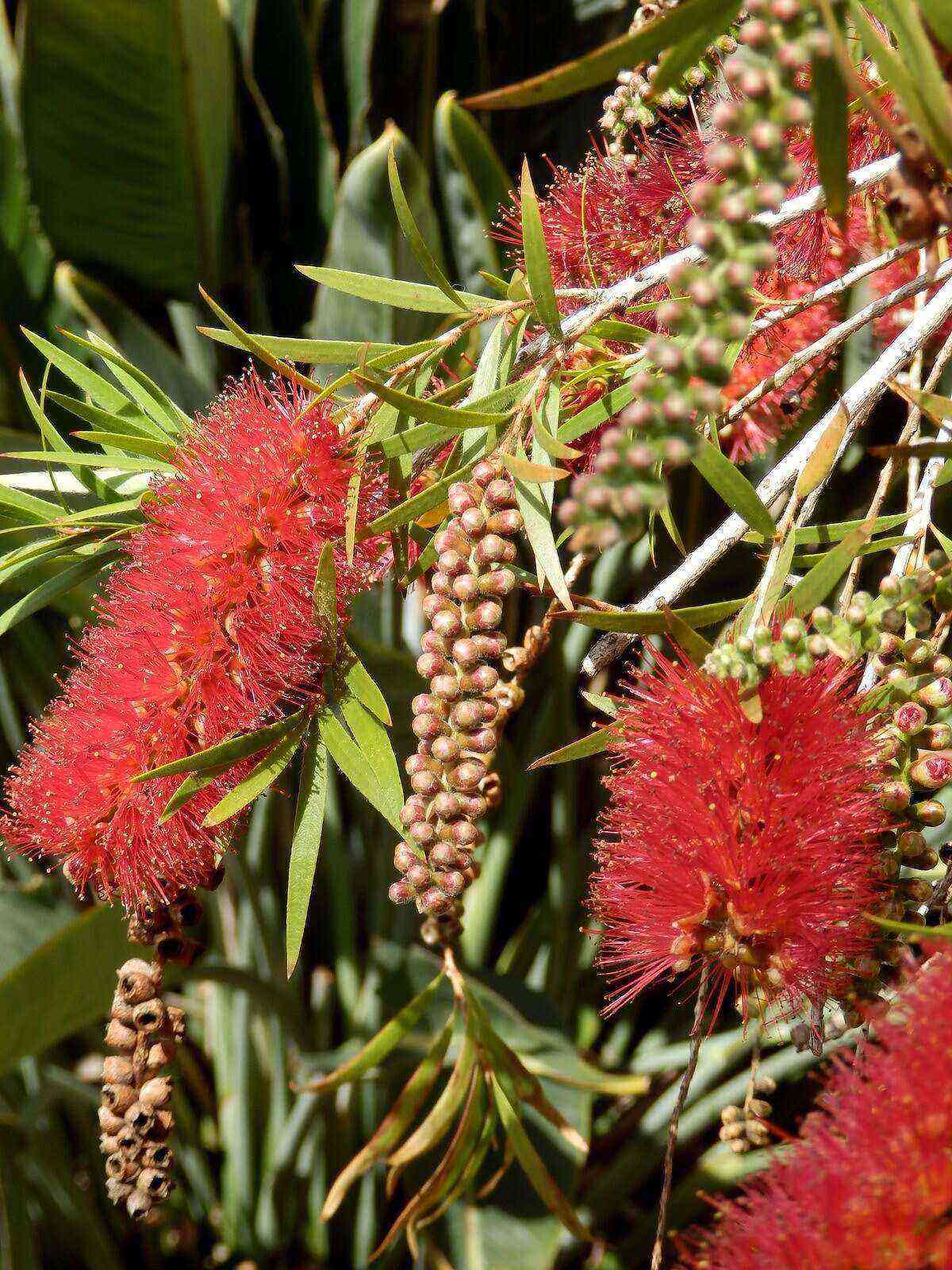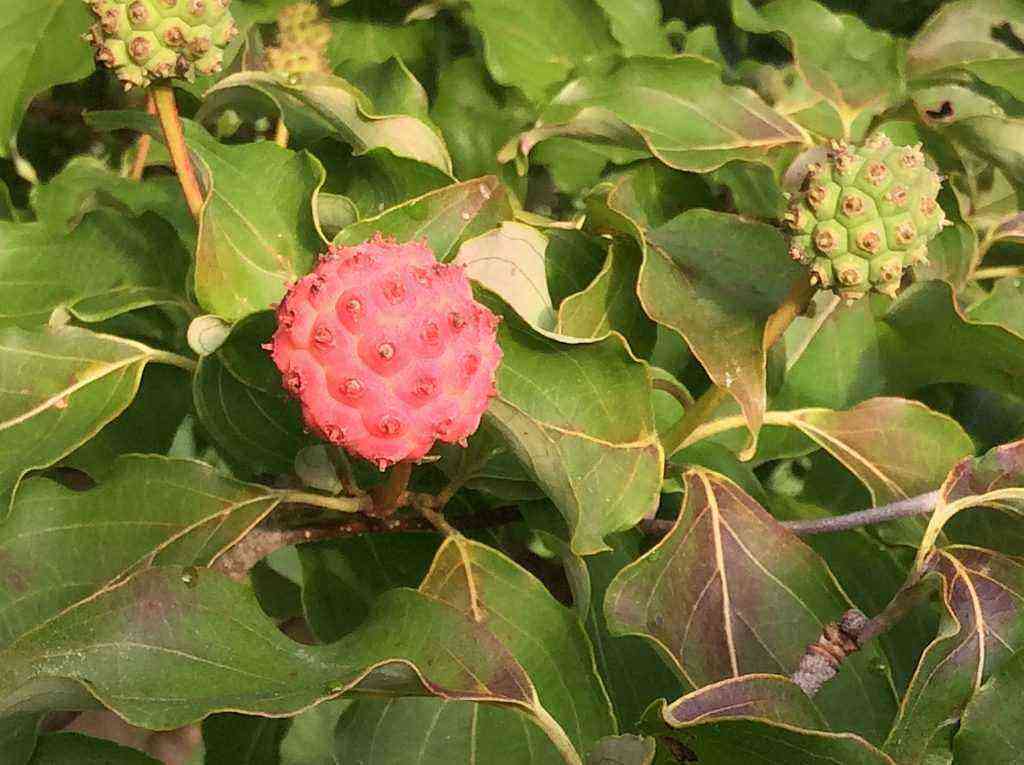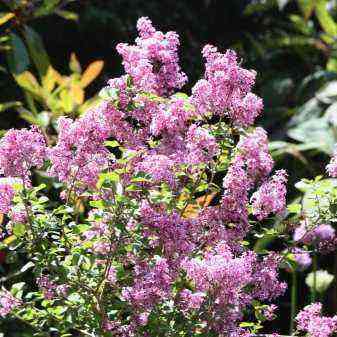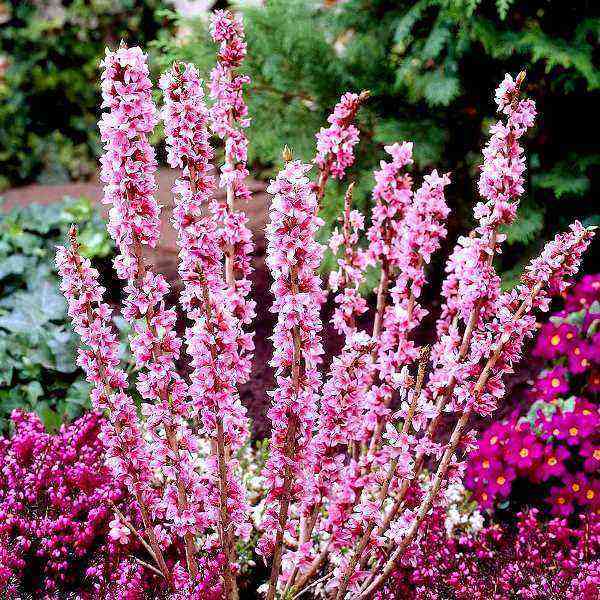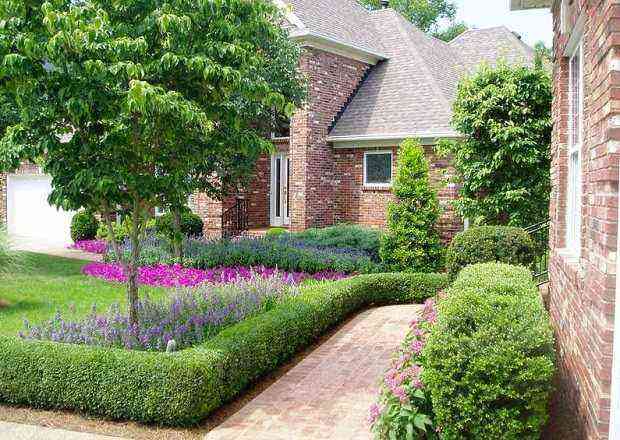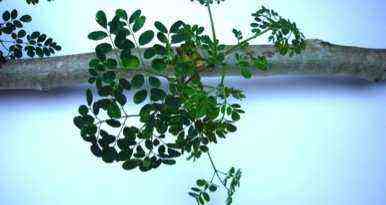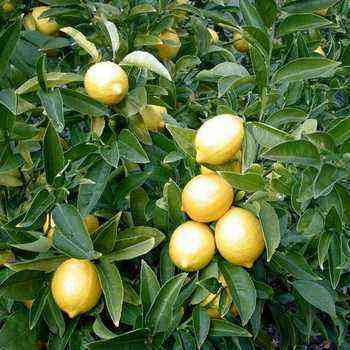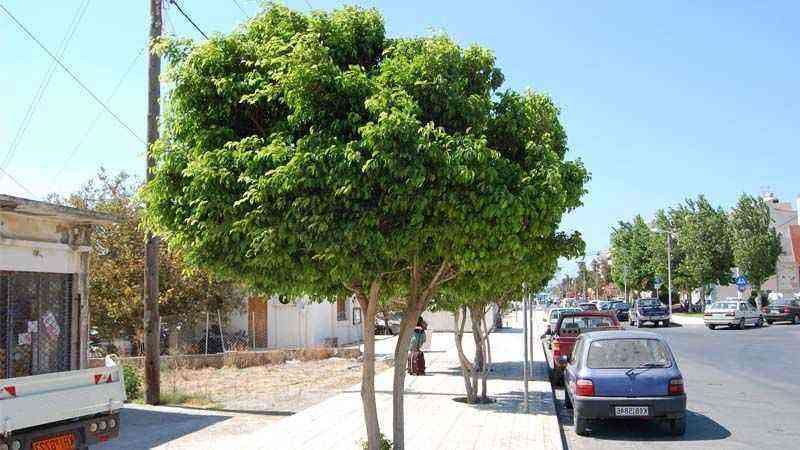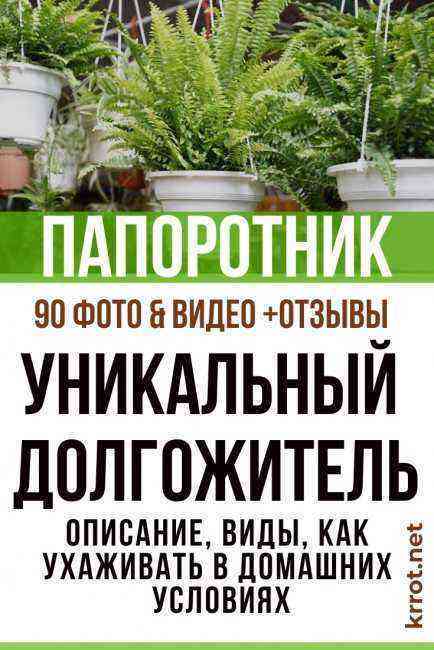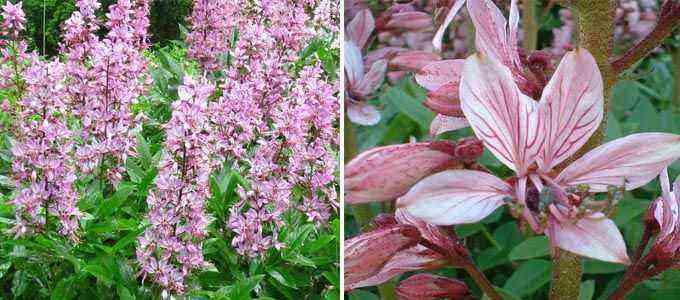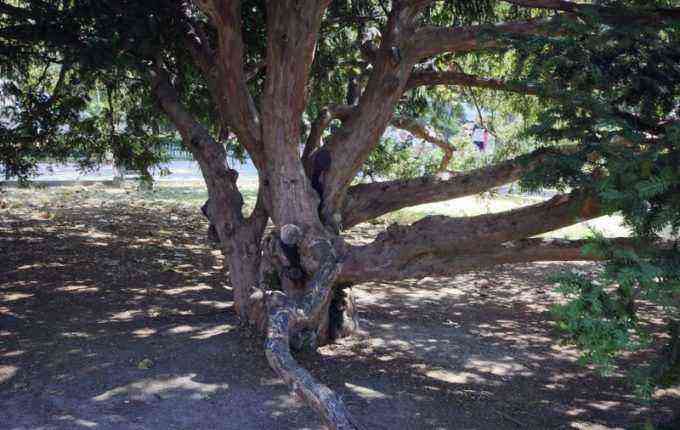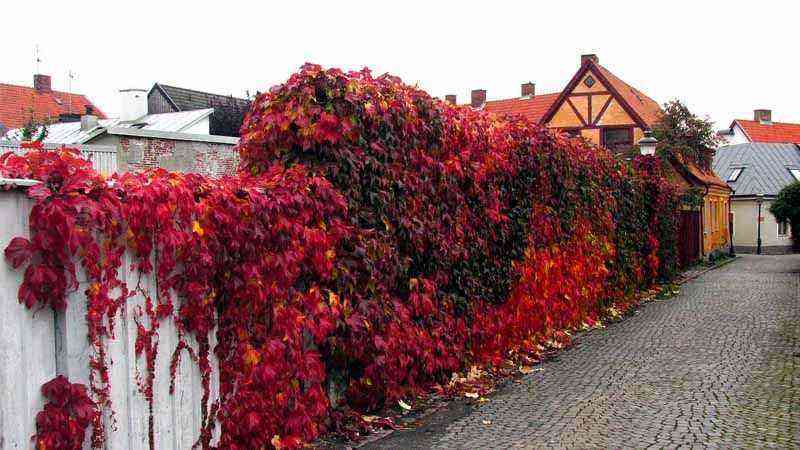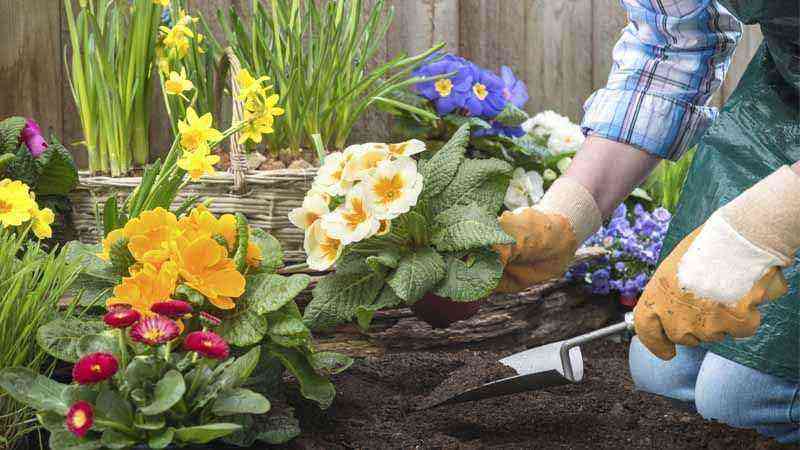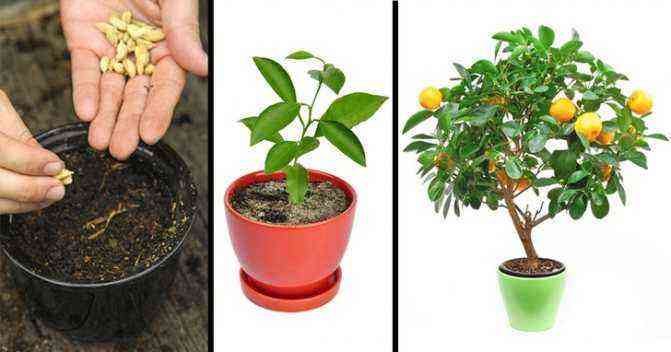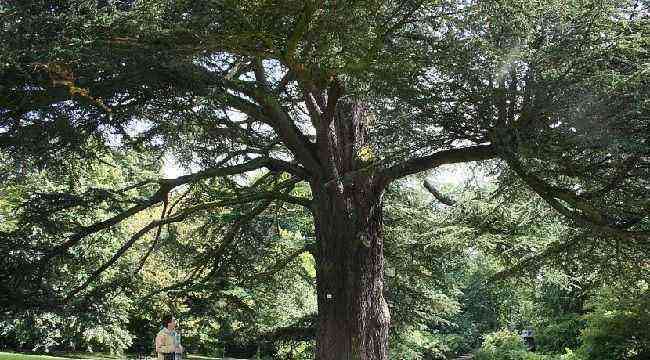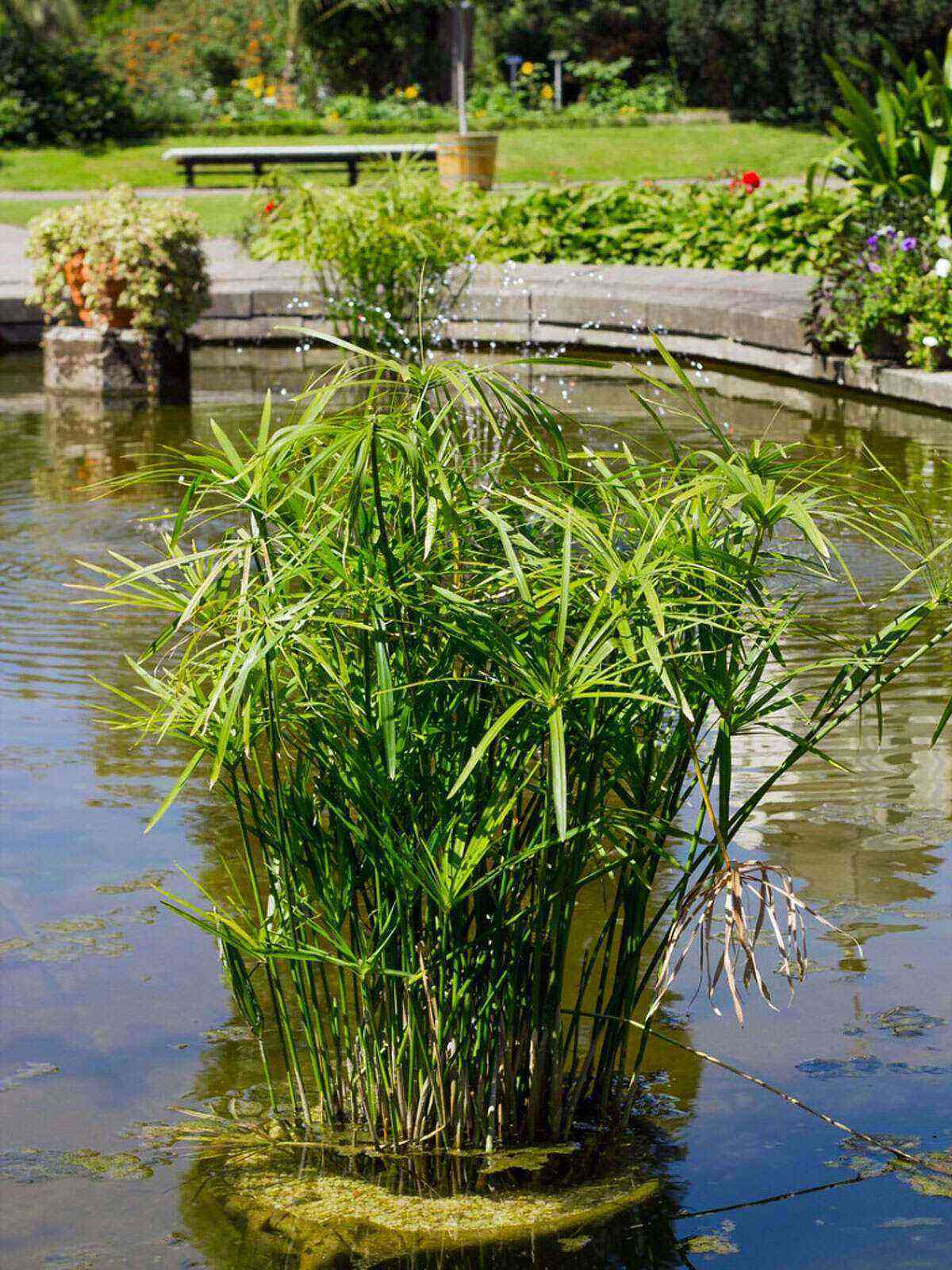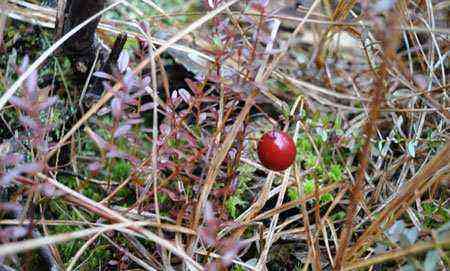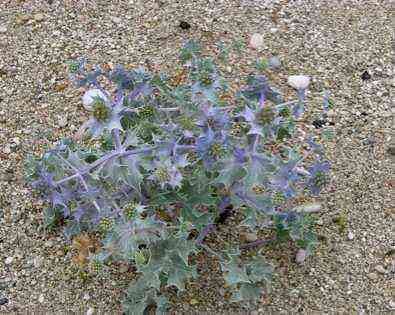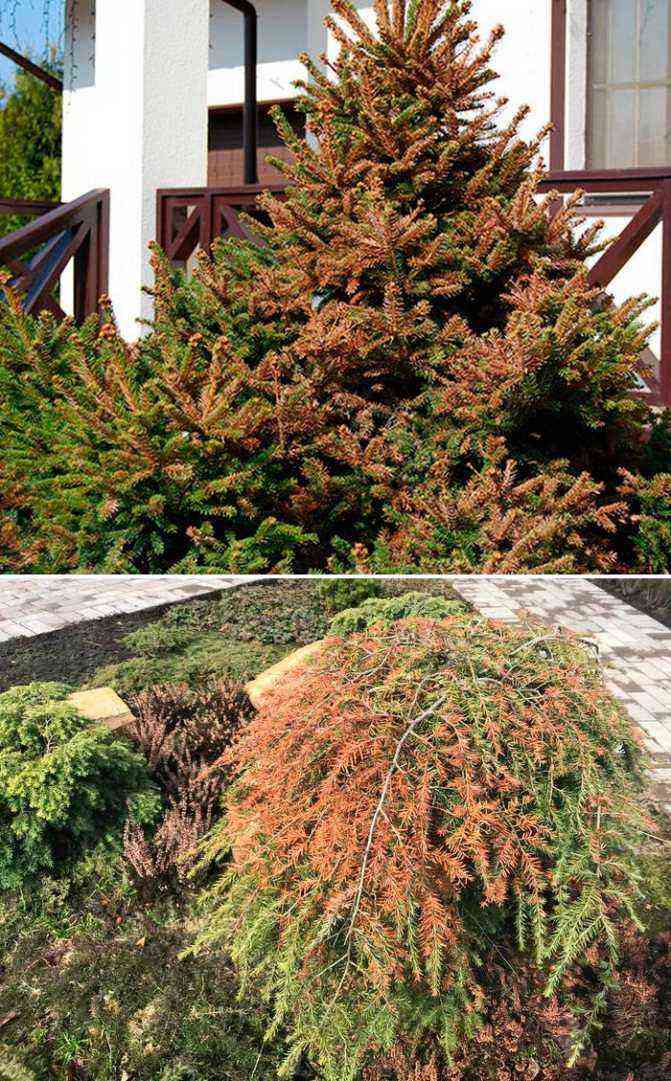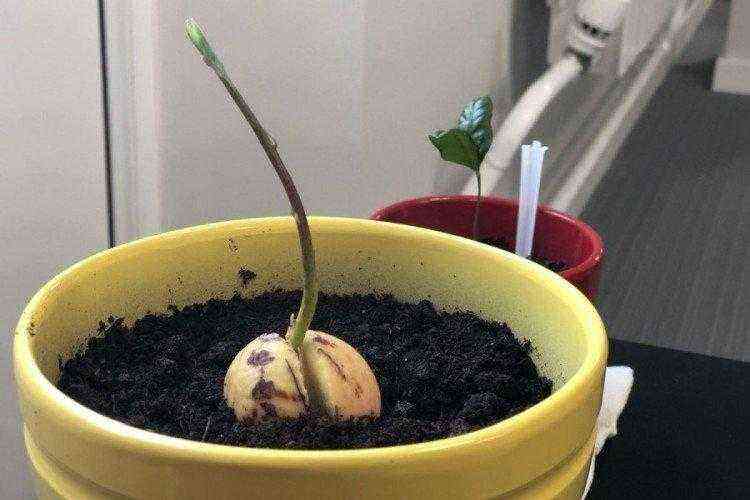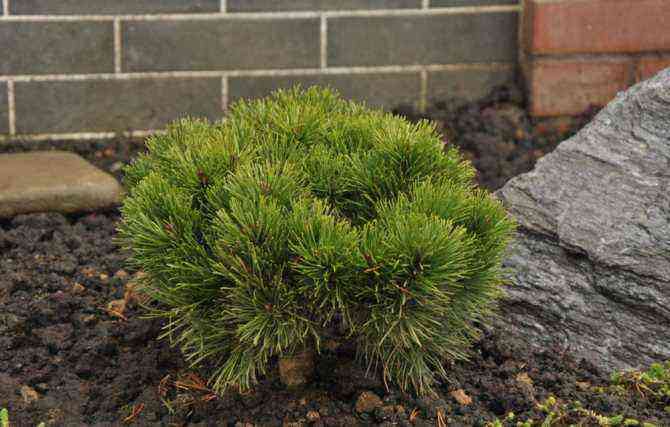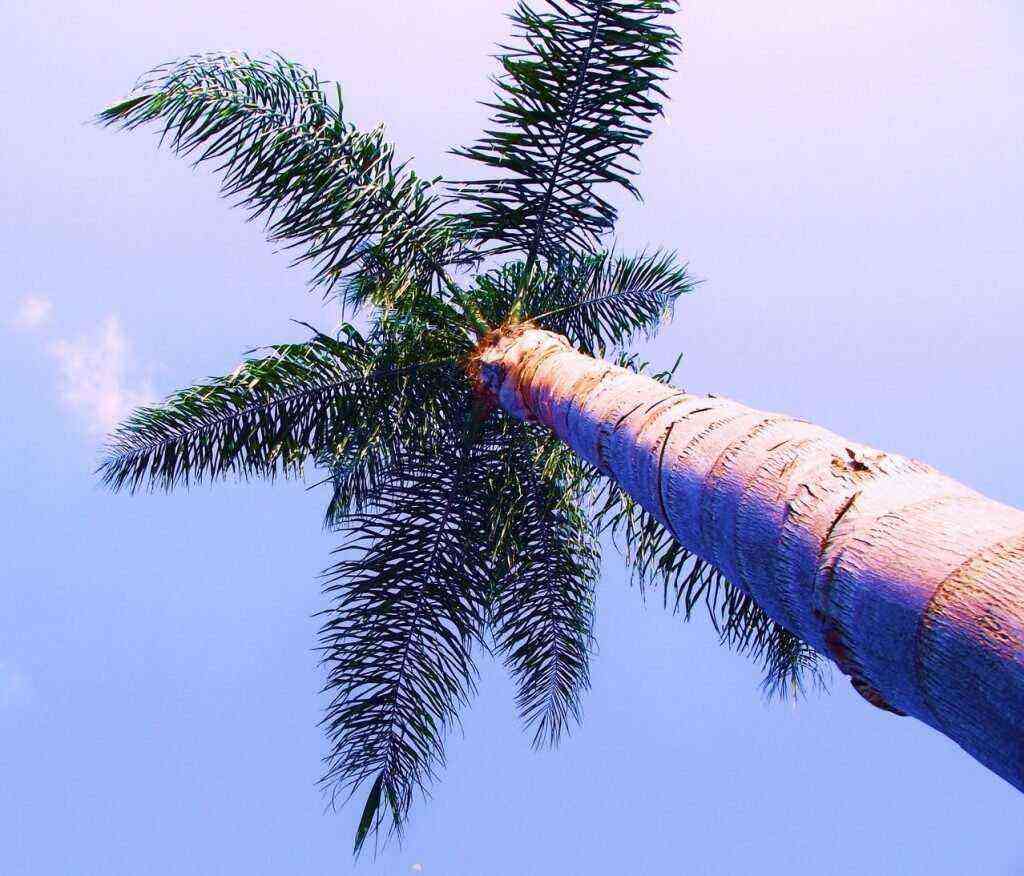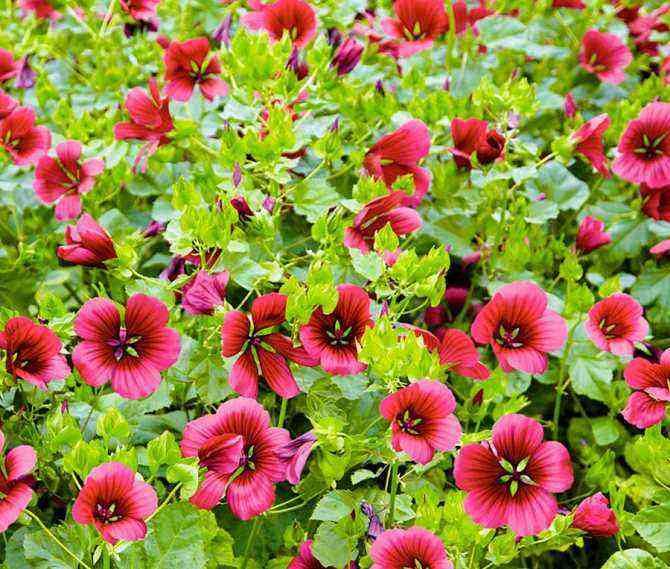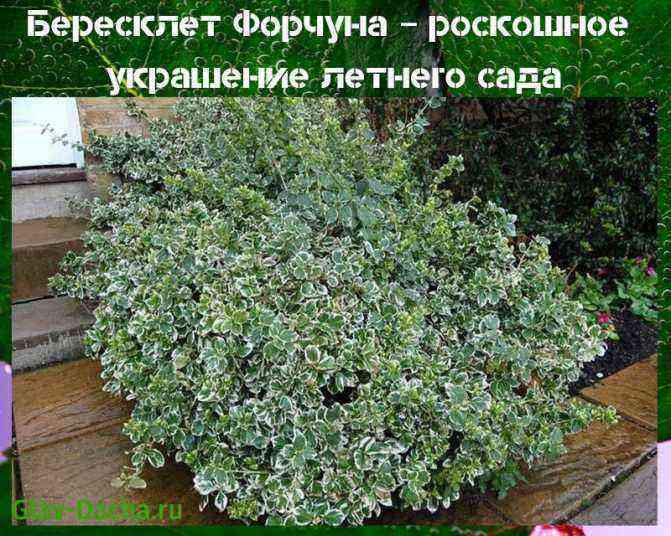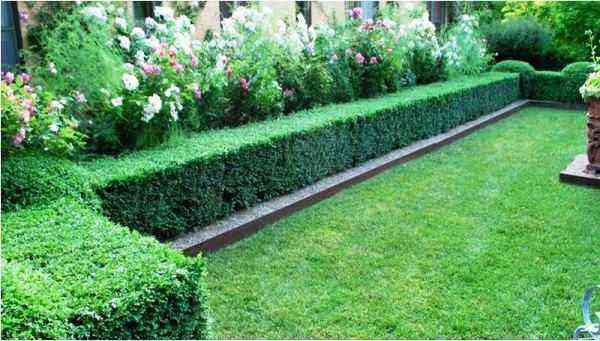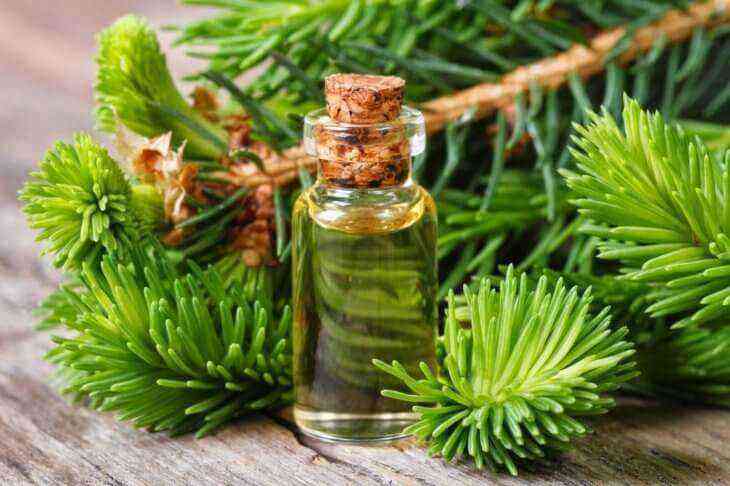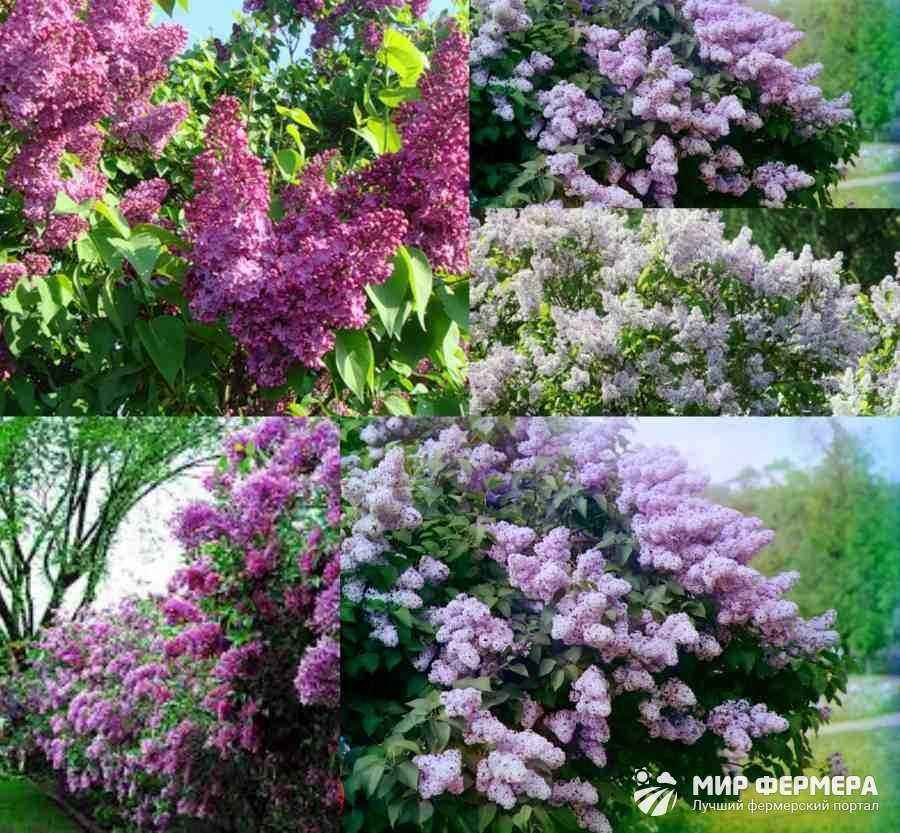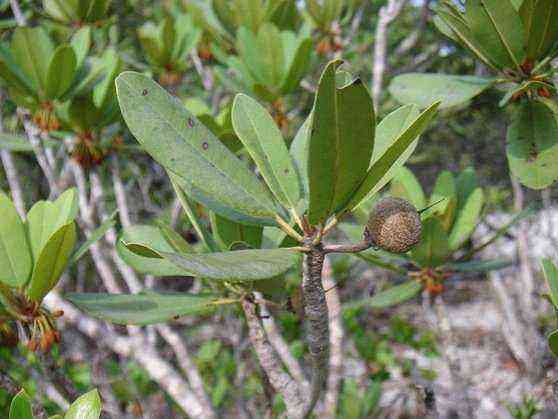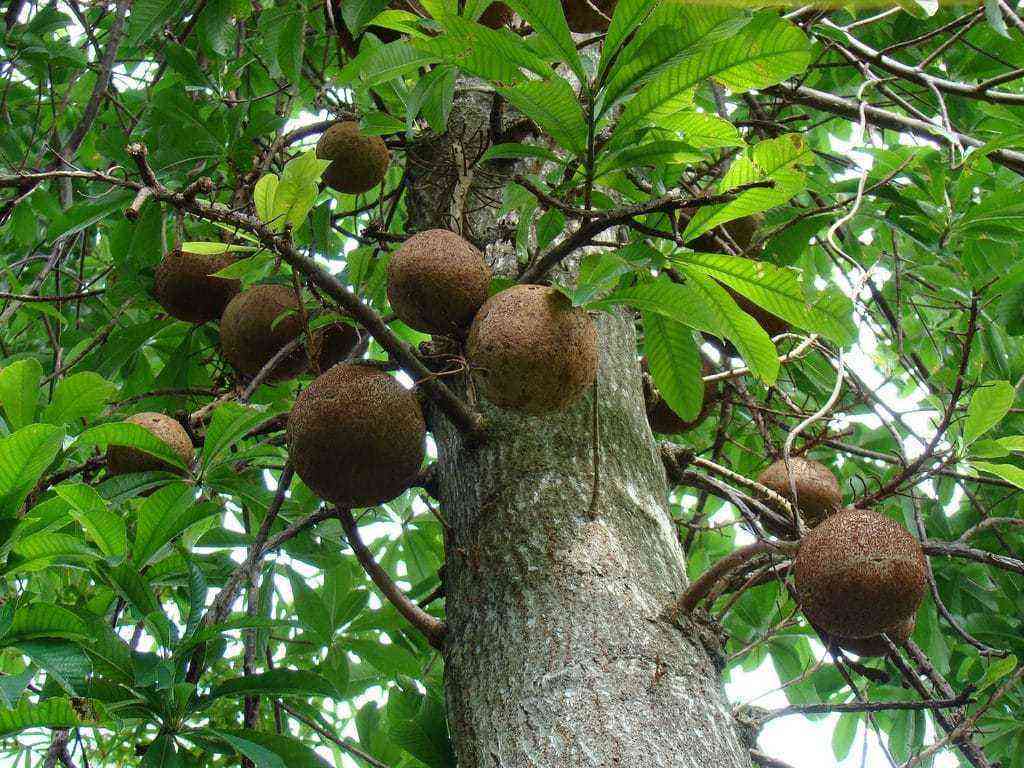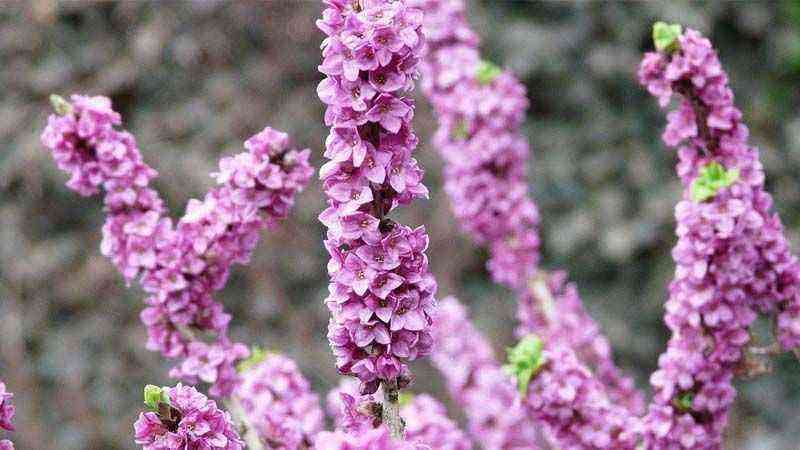Honeysuckle there are many. When we speak of honeysuckle, we refer to a more or less wide genus of climbers of species of different appearances and for very different uses in the garden according to their vegetative morphology. One of the most generalized and of which everyone knows its attributes and benefits is the Lonicera japonica I do not know if we have ever talked about it here (if not, we will comment on it one day). In this case we are going to a species of Lonicera somewhat more shrubby than climbing. Is about Lonicera nitida.
Lonicera nitida. Some chaos arranged in the shape of a bush
There is something very clear and sharp (worth the redundancy) that has to be taken into account. IF you like Versailles gardens, perfectly organized, symmetrical in their forms, with a topiary worthy of competition … this may not be your plant. Their shapes are more reminiscent of a shaggy mane than of a fractal-structured bush like any other.
Do not panic! Rest assured that pruning can organize this chaos and make the Lonicera nitida a good garden hedge shrub with some very good characteristics for this purpose:
- Density
- Fast growth (very fast in this case). This can be very good at first if there is no patience. Then it can involve more trimming and pruning work.
- Rusticity
- Evergreen (seems obvious but it’s important!)
- Few conditions
- Simple pruning
- Easy propagation
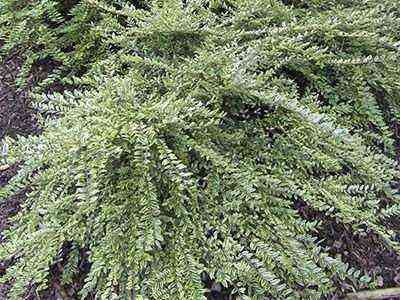
Lonicera nitida not pruned. Photo by: Leonora Enking

Lonicera nitida hedge
Maybe now it convinces you a little more, right?
What is Lonicera nitida really like?
It is an evergreen shrub that, if left, can easily reach 2 meters in height. From that moment the branches begin to fall down and form the tangle that we have seen above in the first photo. Its small dark green opposite oval leaves reminiscent of those of the combat (buxus sempervirens) although those of the latter are somewhat brighter.
Flowering is not spectacular, but neither is it sought in a shrub with a topiary purpose or for a garden hedge. They are small cream-white flowers that end up forming a dark blue fruit (a berry more specifically) during the summer.
Let’s look at the needs of Lonicera nitida
Temperature
It will be one of the most rustic plants that we have talked about in this blog when it comes to cold. It supports very low temperatures, of the order of -15, -20ºC. It is grown in northern Europe without problems. In Spanish latitudes where intense cold is not excessive and if it is, there are not many areas where such cold is reached.
Exhibition
Full sun is ideal, although it can grow in semi-shady areas without major problem. For example, it could be placed bordering a wooded area of the garden growing to the protection of the tallest trees. In warmer areas (taking Spain as a reference) you can face north, protected from excessive insolation. Otherwise, irrigation should be more abundant than in cool areas.
Land
Supports a wide variety of soils. Regarding pH, neither acidic nor basic soils affect it (without reaching extremes), being the neutral pH the ideal. The soil should be as usual in almost all plants well drained can grow in a wide spectrum of textures; silty, sandy even in clayey if we give it some
Irrigation
Moderate. We know that saying moderate is something uncountable that leaves many with doubts. Here is what I consider moderate. Moderate is not to water every day, not even day in and day out. A moderate watering can be once a week or every 1 days. In most climates, except in summer, the rains play the role as in any hedge of this type (saving this year’s drought and the very southern areas of the country or the east) where it will not hurt to put a cable in shape hose from time to time.
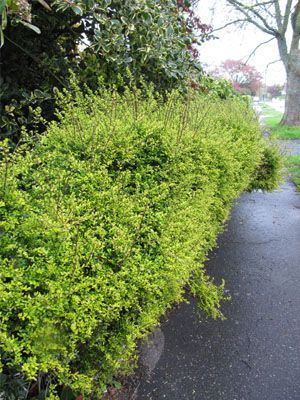
Photo by Leonora Enking
Pruning
This is where we can unleash our Eduardo scissorhands imagination without fear of anything. As I always say, it is a perfect hedge to lose the fear of pruning. In fact, pruning, more than a hobby, is an absolute necessity if we want to maintain the shape of the hedge and above all, strengthen and force the thickness and vegetative density. Depending on the volume, it will be worth using a hedge trimmer, although the most recommended and fastest thing is an electric hedge trimmer.
[alert style = »green»] Si al arbusto de Lonicera nitida Deciduous tree leaves fall, it is necessary to remove them because the light will stop penetrating and bald spots will be generated that will give a sickly and undesirable appearance. [/ alert]

![Cultivation of Manihot esculenta [Cassava, Cassava] Cultivation of Manihot esculenta [Cassava, Cassava]](https://farmer-online.com/wp-content/uploads/2021/05/Cultivation-of-Manihot-esculenta-Cassava-Cassava.jpg)

